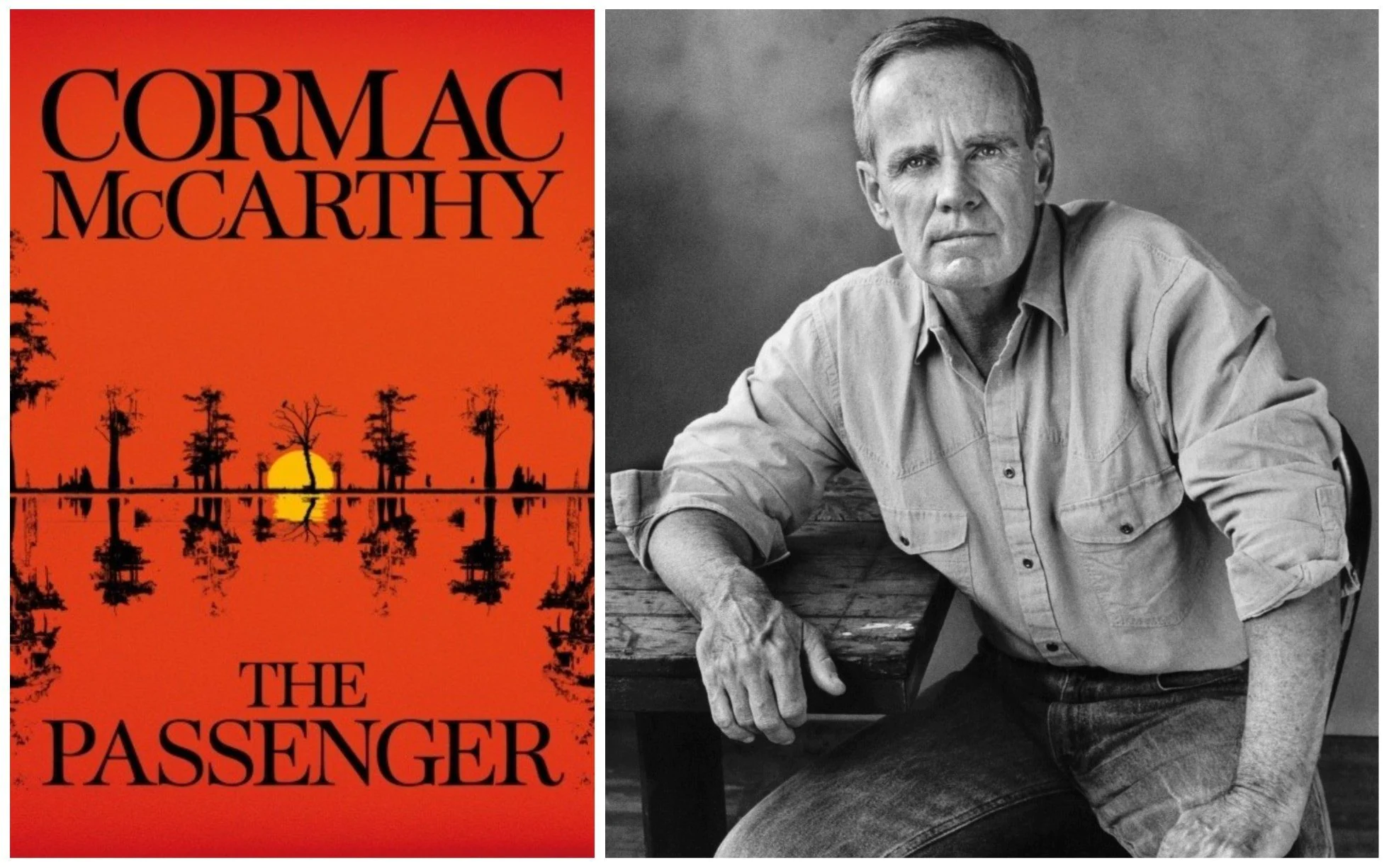Introduction
Cormac McCarthy, a name that resonates deeply within the world of literature, has gifted us with a remarkable bibliography spanning several decades. From the chilling landscapes of “Blood Meridian” to the post-apocalyptic journey of “The Road,” McCarthy’s novels have left an indelible mark on readers worldwide. In this article, we embark on a journey to explore the depth and richness of McCarthy’s literary creations.
The Literary Journey of Cormac McCarthy
Cormac McCarthy’s writing journey is a tapestry woven with tales of raw human emotion, philosophical exploration, and a distinct narrative style. Born in Rhode Island in 1933, McCarthy’s early life experiences significantly influenced his storytelling. As we navigate his bibliography, we witness his evolution as a writer and his unflinching commitment to exploring the human condition.
Unveiling Blood Meridian: A Dark and Captivating Epic
“Blood Meridian,” often hailed as McCarthy’s magnum opus, takes readers on a relentless journey through the American Southwest in the mid-1800s. The novel’s haunting prose, vivid imagery, and exploration of violence have earned it a place in literary history. McCarthy’s ability to craft a landscape that mirrors the darkness of humanity itself is a testament to his unparalleled storytelling prowess.
The Road: McCarthy’s Haunting Exploration of Survival and Humanity
In “The Road,” McCarthy strips away the world’s comforts to reveal the raw essence of survival and human connection. Set in a post-apocalyptic wasteland, the novel follows a father and son as they navigate the desolation in search of hope. McCarthy’s minimalist yet evocative prose forces readers to confront questions about love, sacrifice, and the essence of being human.

Themes Across McCarthy’s Works
As we traverse McCarthy’s bibliography, certain themes emerge as constant threads woven into the fabric of his narratives. The exploration of morality, the dichotomy of good and evil, and the harsh realities of existence resonate across works like “No Country for Old Men,” “All the Pretty Horses,” and “Child of God.” McCarthy’s exploration of these themes showcases his ability to capture the complexities of human nature.
Beyond Novels: McCarthy’s Impact on Literature and Culture
Cormac McCarthy’s influence extends beyond the pages of his novels. His unique narrative style, characterized by sparse punctuation and rich imagery, has inspired countless writers. Additionally, film adaptations of his works, such as the acclaimed adaptation of “No Country for Old Men,” have introduced his narratives to a wider audience. McCarthy’s impact on literature and culture is profound and enduring.
Conclusion
In the realm of literature, Cormac McCarthy’s bibliography stands as a testament to the power of storytelling. From the brutal landscapes of the American West to the harrowing visions of a post-apocalyptic world, McCarthy’s works invite readers to contemplate the complexities of existence. As we delve into his novels, we are reminded that the exploration of the human experience knows no boundaries, and McCarthy’s legacy as a literary titan remains firmly intact.




